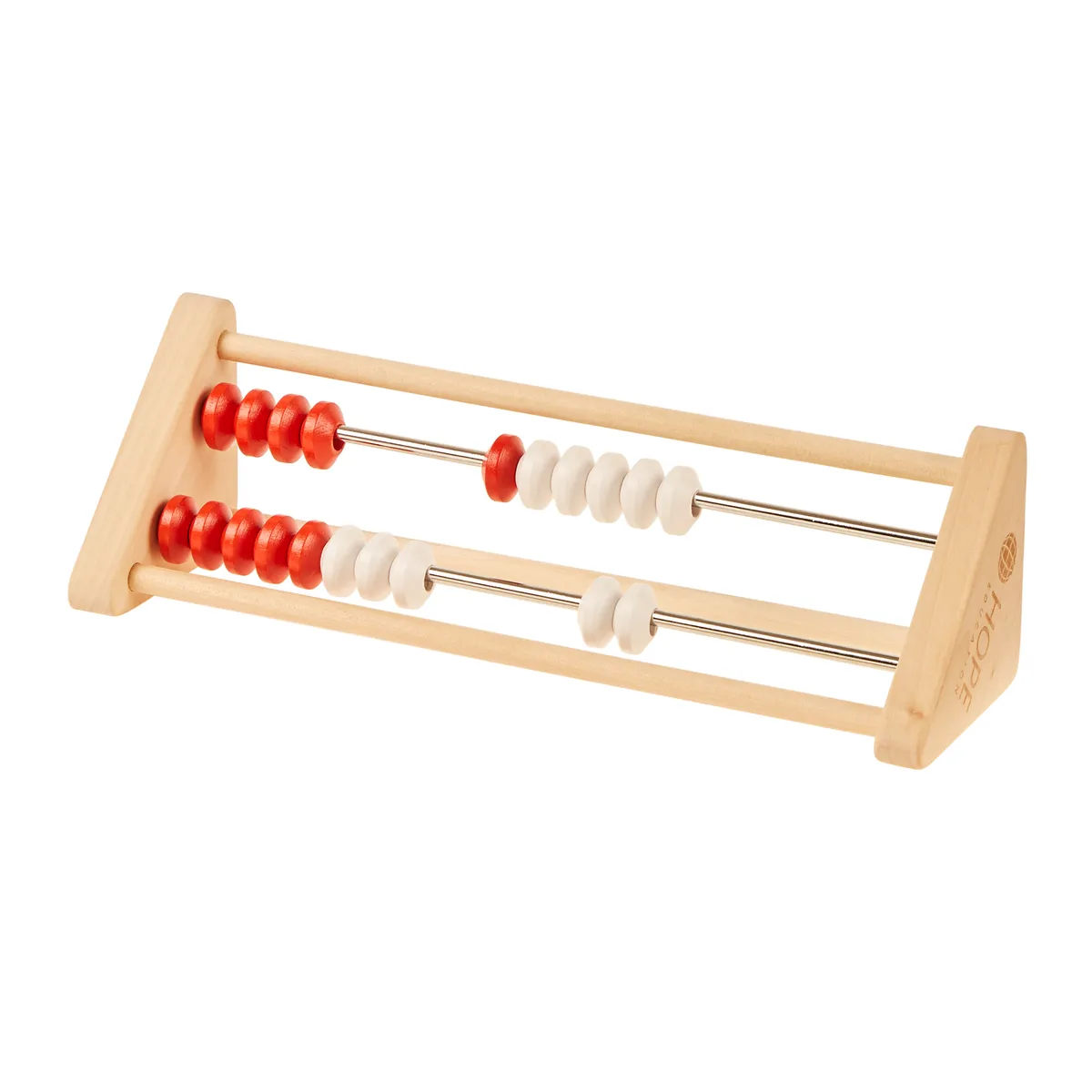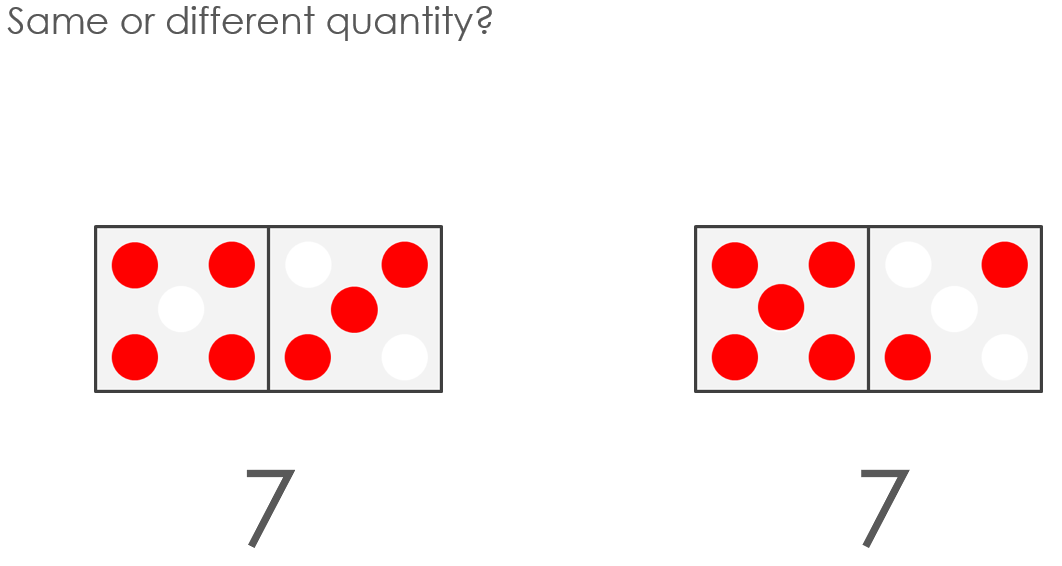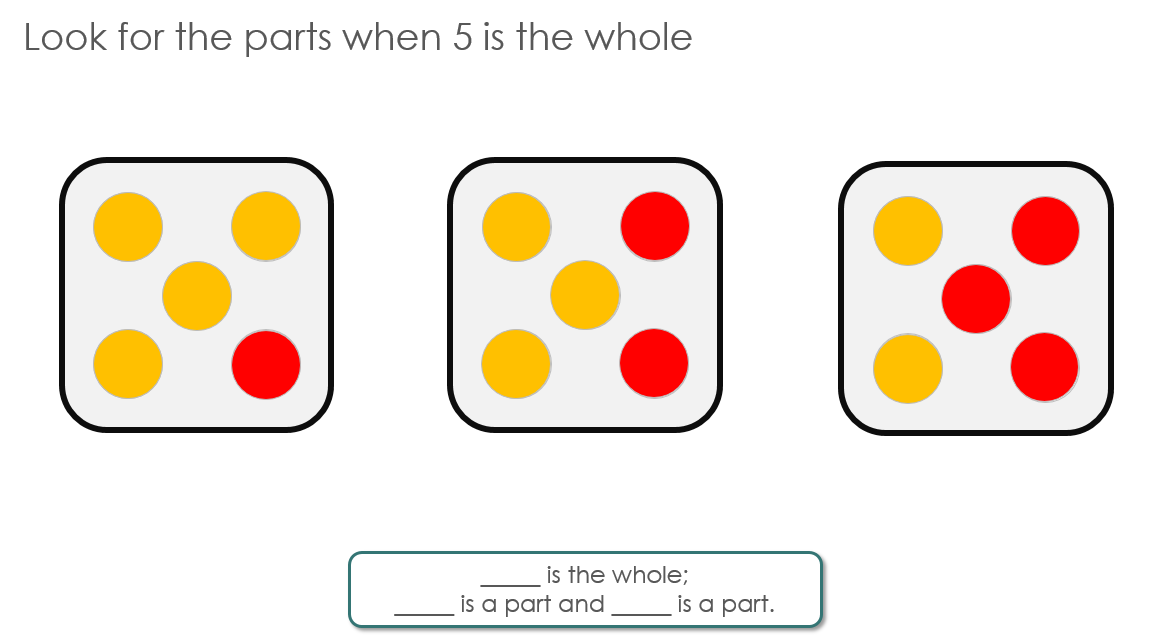Curriculum Intent, Implementation and Impact
Curriculum Intent
At Shustoke Primary School, our Mathematics curriculum has been planned and developed to ensure every child can achieve excellence in Mathematics. We believe that the basic skills of Mathematics are vital for the life opportunities of our children. Our aim is for all of our pupils to be able to think mathematically, in a way which enables them to reason, solve problems and assess risks in a range of real life contexts.
We want children to experience a sense of awe and wonder as they solve a problem for the first time, discover different solutions and make links between different areas of Mathematics and with their prior learning. We aim to provide children with a deep understanding of the subject by offering a varied approach in our delivery of Mathematics, through a concrete, pictoral and abstract approach to solving Mathematical problems. This allows pupils to fully understand what they are learning and how they can apply it to a range of situations in the classroom and beyond. We want our children to leave our school as confident Mathematicians, with a broad understanding of how Maths can support them in their daily lives as they grow into the adults of the future.
Children feel both challenged and supported in Maths lessons, making use of expert instruction, while having the confidence to independently access a wide range of resources and learning scaffolds.
Most of all, we want children to feel an excitement about Maths. We want them to be engaged and enthusiastic learners, who see the real-life relevance of their learning, with the confidence to explore in a safe, supportive environment.
Curriculum Implementation
Our daily Maths lessons focus on small steps to ensure that all pupils move through new concepts and learning together. A wide range of concrete resources are used to support pupils' understanding and staff carefully plan the variation of questions to challenge all pupils. Starting in Year 1, the children also complete a daily Maths Blitz task. This session is used to check pupil's prior knowledge and understanding of topics and to revise new areas of learning.
Mastering Number in Key Stage 1
At Shustoke our pupils in Reception, Year 1 and Year 2 take part in a Maths session called ‘Mastering Number’ four times a week, in addition to their daily Maths lesson. The aim of these sessions is to develop fluency in calculation and a flexibility with number. Throughout the year, pupils will build upon their number sense and be able to clearly communicate their mathematical ideas. During the sessions the pupils use a range of equipment and visual prompts to support their understanding. This includes rekenreks, tens frames, counters and the Numberblocks characters.
A rekenrek is a counting frame, similar to an abacus. It has ten beads on each row, five white and five red, which supports the development of number sense.



The children will also build upon their subitising skills. This is where they are encouraged to see the amount without having to count it.
 Alongside this, children will be encouraged to use STEM sentences, such as the one above, where they fill in the gaps. This supports them in understanding links and patterns between numbers. ‘Five is the whole; one is a part and four is a part.’
Alongside this, children will be encouraged to use STEM sentences, such as the one above, where they fill in the gaps. This supports them in understanding links and patterns between numbers. ‘Five is the whole; one is a part and four is a part.’
Below is an overview of the key skills children will focus on in each year group.
Reception
|
Autumn |
Spring |
Summer |
|
Pupils will build on previous experiences of number and further develop their subitising and counting skills. They will explore the composition of numbers within 5. They will begin to compare sets of objects and use the language of comparison. |
Pupils will continue to develop their subitising and counting skills and explore the composition of numbers within and beyond 5. They will begin to identify when two sets are equal or unequal and connect two equal groups to doubles. They will begin to connect quantities to numerals. |
Pupils will consolidate their counting skills, counting to larger numbers and developing a wider range of counting strategies. They will secure knowledge of number facts through varied practice. |
Year One
|
Autumn |
Spring |
Summer |
|
Pupils will have an opportunity to consolidate their understanding from Reception. They will explore the composition of numbers within 10, and the position of these numbers in the linear number system. |
Pupils will explore the composition of numbers within 10 and explore addition and subtraction structures and the related language.
|
Pupils will explore the composition of numbers within 20 and their position in the linear number system. They will connect addition and subtraction expressions and equations to ‘number stories’. |
Year Two
|
Autumn |
Spring |
Summer |
|
Pupils will have an opportunity to consolidate their understanding and recall of number bonds within 10. They will further explore the composition of the numbers 11 to 20 and reason about their position within the linear number system. |
Pupils will have an opportunity to use their knowledge of the composition of numbers within 10 to calculate within 20. They will explore the links between the numbers in the linear number system within 10 to numbers within 100, focusing on multiples of 10 and the midpoint of 50. |
Pupils will have further opportunities to use their knowledge of the composition of numbers within 10 to calculate within 20. They will reason about equations and inequalities and explore doubles and near doubles. |
KIRFs in Key Stage 2
In Key Stage 2 we use a program called KIRFS for developing fluency and mental maths skills. KIRFS (Key Instant Recall Facts) are a way of helping your child to learn by heart, key facts and information which they need to have instant recall of. They contain number facts such as number bonds and times tables that need constant practise and rehearsal, so children can recall them quickly and accurately.
Instant recall of facts helps enormously with mental agility in maths lessons. When children move onto written calculations, knowing these key facts is very beneficial. For your child to become more efficient in recalling them easily, they need to be practised frequently.
Each half term, children will have a particular focus of Key Instant Recall Facts (KIRFs) to practise and learn at home. Children will be given a Key Instant Recall Fact sheet in their homework book, which will include practical ideas and tips to assist children in grasping the key facts. They are not designed to be a time-consuming task and can be practised anywhere – in the car, walking to school, etc. Regular practice - little and often – helps the most. In school, each class will complete a short test/check of these facts three times throughout the half-term, once at the beginning, once in the middle and once at the end, with pupils aiming to improve their score each time.
Alongside this, Maths homework will focus on those facts for that half-term and the children will be supported with learning them during our Maths sessions in school. It is important that they know these thoroughly and can recall specific facts instantly. This will support pupils when reasoning and problem-solving in all aspects of Maths.
Whilst children have a range of abilities in mathematics, the KIRFs are designed to be a set of facts that need to be learnt thoroughly as they build on each other year on year. We know that, by internalising these key facts which have been carefully structured to build upon each other term by term, year by year, children will leave Shustoke C of E Primary with a strong foundation of mathematical understanding to build upon.
Curriculum Impact
As a result of our Mastering Number and KIRF sessions across school, pupils develop a strong understanding of core concepts in Maths and demonstrate efficient, accurate recall of key number facts and procedures. By the end of Key Stage 2, pupils are confident mathematicians who can articulate their reasoning in lessons. Our small steps approach to Maths enables all pupils to develop their knowledge and understanding of new concepts. The variation of questions within lessons scaffolds students’ thinking to enable them to reason logically and make connections.
